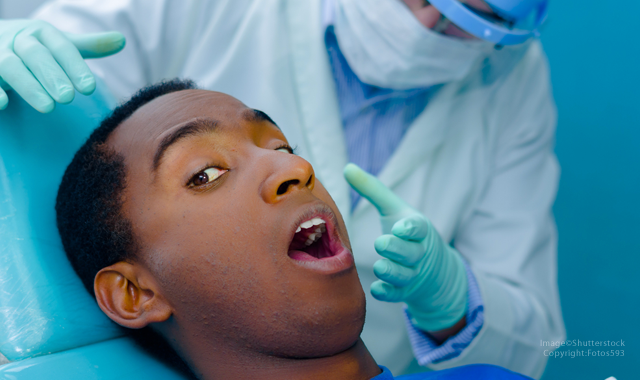Study finds more than 60 percent of people suffer from dental fear
Fear of pain and the smell of chemicals play a big role in keeping patients out of the operatory.

Dental health is suffering on a global level, and surprisingly or not, even the world’s leading economies, including the United States, United Kingdom and Germany, make no exception. Some of the key reasons for our unaddressed teeth issues are a lack of dental insurance, high treatment costs, locally hindered access to dental care and last but not least, the fear of the dental office. One-third of the U.S. population avoids going to the dentist because of dental anxiety or fear - and this trend is universal.
According to a recent survey conducted on the market research platform DentaVox and taken by 18,000 people worldwide, 61 percent of the respondents said they’re suffering from dental fear, and almost 4 percent of them said they’ve never been to a dentist. The biggest percentage of people (39 percent) are afraid of the pain, followed by the smell of chemicals (24 percent) and the sound of the drill (21 percent). A smaller part (7 percent) said they’re afraid of being stuck in the dental chair, while others said they’re afraid of having to keep their mouth open for a long time (5 percent). There are also people (5 percent) who dread these discomforts altogether, along with others who are afraid of receiving the dental bill (4.6 percent).
Trending article: 6 ways to help patients overcome fear of the dentist

Local anesthetics remain the key solution for alleviating patients’ fears and unpleasant sensations, despite the potential side effects such as dizziness, nausea and numbness ("fat lip"). To overcome pain and fear associated with dental procedures, nearly 60 percent of all respondents said they resort to local anesthetics, even though 45 percent of all people who took the survey consider local anesthesia harmful or somewhat harmful.
The financial factor also plays a significant role when deciding whether or not to opt for sedation. Around 80 percent of people said they’re very likely or somewhat likely to refrain from a local anesthesia if this would reduce their dental bill. A total of 43 percent of all respondents said they would even go for a lengthy dental procedure without any sedation, and 2 percent of people said they would consider this option if they could get sedation in case of unbearable pain.
Given the complex nature and varying severity of dental anxiety, more and more dentists around the world are applying an array of auxiliary stress and pain relieving methods in the dental office. For starters, they stray away from the typical, sterile white dental setting by opting for dental furniture and appliances in bright and cheerful colors. They also strive to create a relaxing and welcoming environment enhanced by discreet background music. Many dentists attend emotional intelligence and empathy promoting seminars and put great effort into training their assistants and administrative staff to adopt these key competences.
Technology is also backing dentists in their raid against dental fear. There are already very advanced, painless injection systems and quiet drills on the market that make treatment much more bearable. Entertaining patients’ senses by providing them with 3D glasses and headphones while on the dental chair has also become a widespread and well-accepted practice. According to the dental community, all of these approaches are worth trying to overcome the widespread fear spiral that seriously threatens dental health.
University of Texas Health Science Center San Antonio to Launch Center for Regenerative Sciences
June 17th 2024The center aims to translate preclinical discoveries into therapies for dental and craniofacial diseases, leveraging the school’s expertise in stem cell-based treatments and 3D printing technologies.